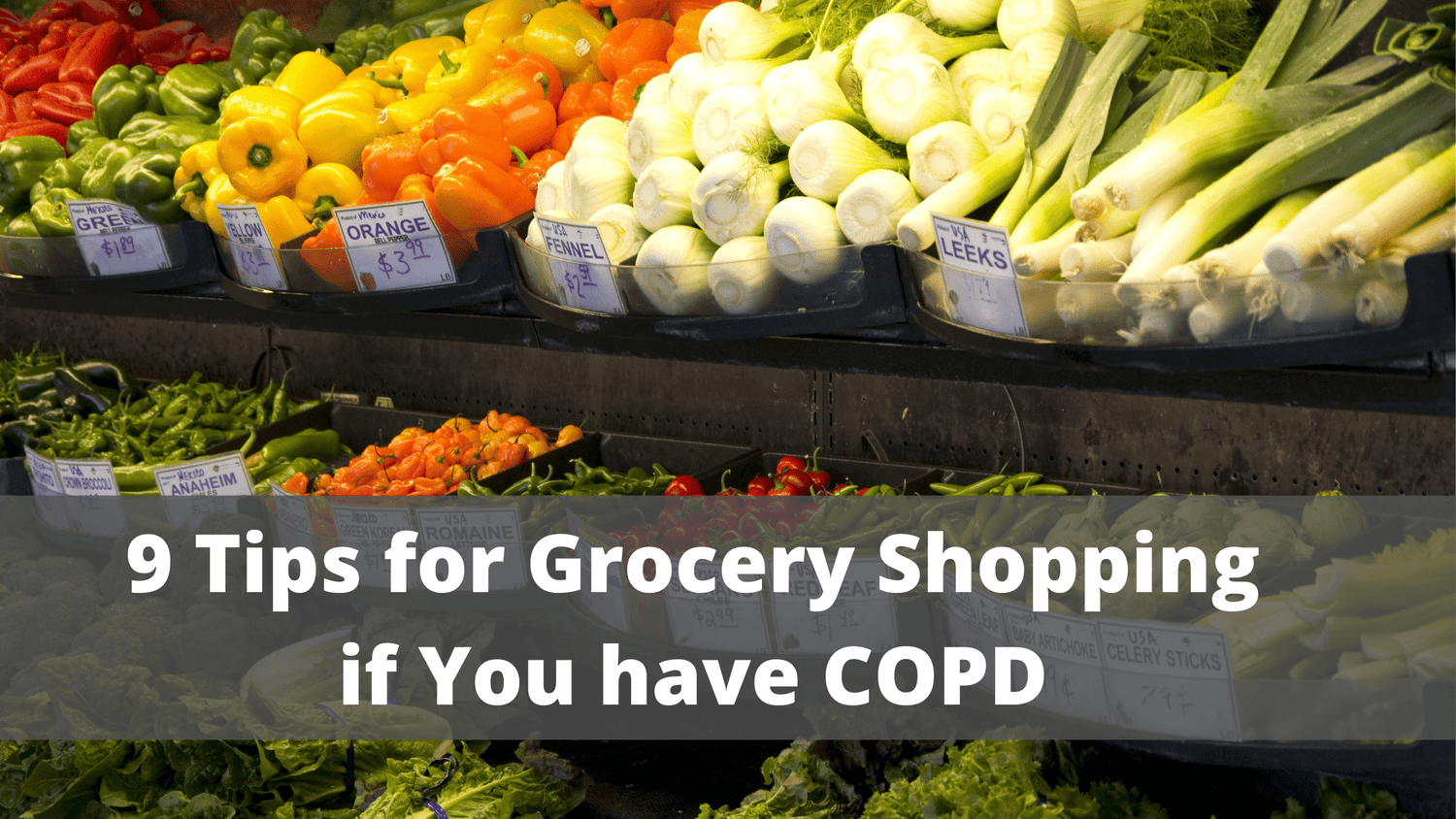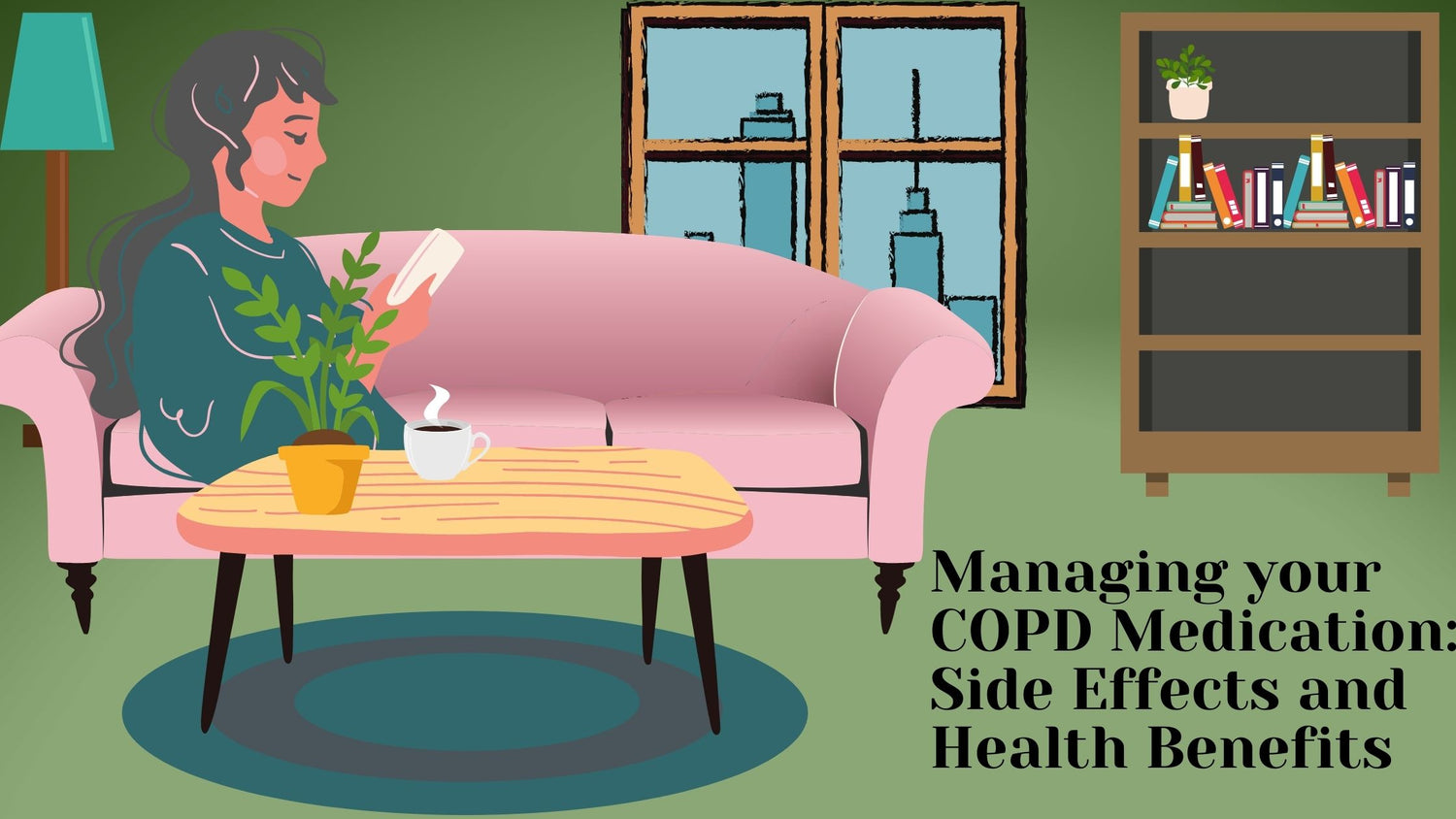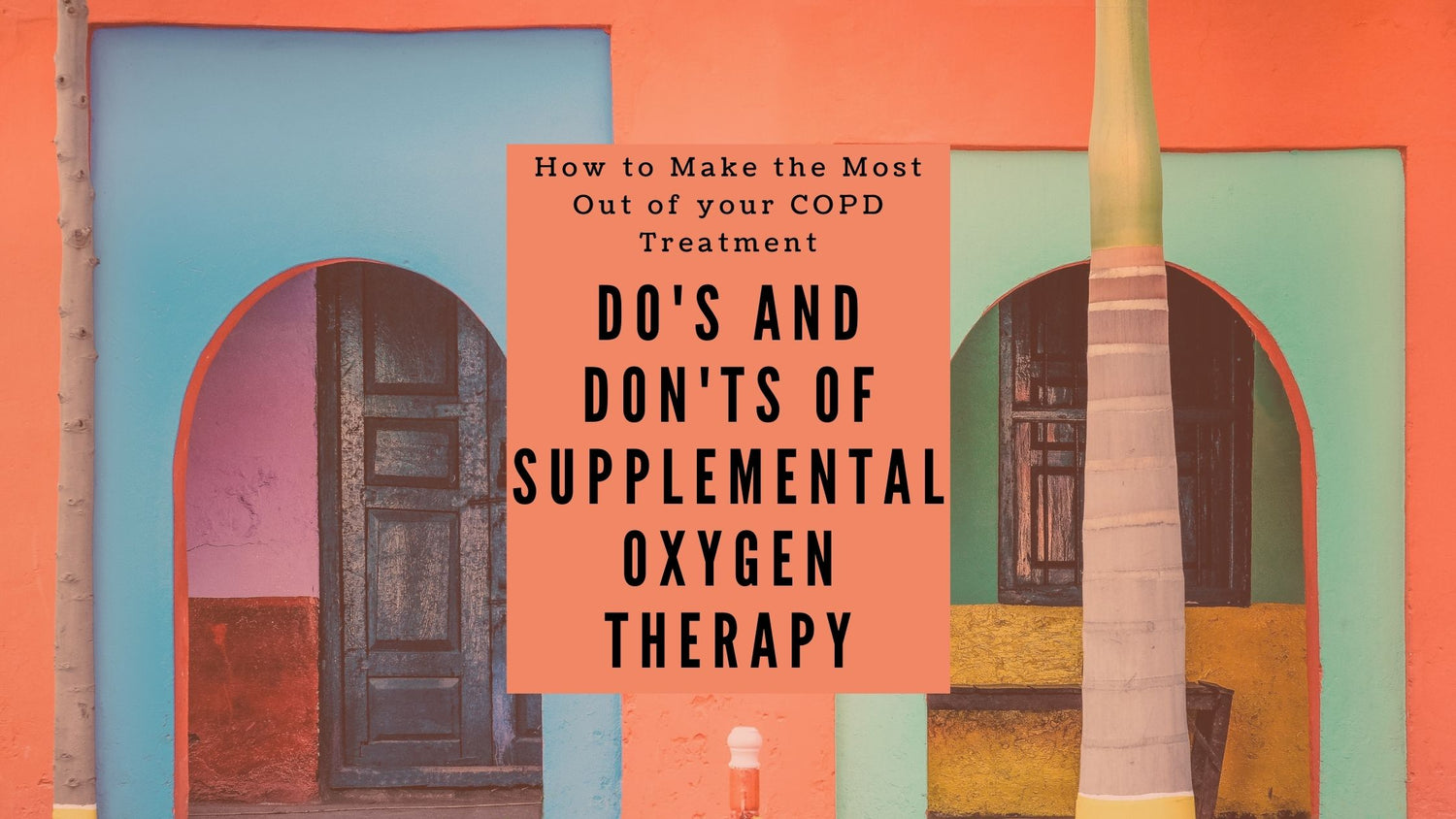Respiratory Resource Center - LPT Medical
9 Tips for Grocery Shopping if You have COPD
Chronic obstructive pulmonary disease (COPD) is a progressive lung...
Read MoreManaging your COPD Medication: Side Effects and Health Benefits
C hronic obstructive pulmonary disease (COPD) is a disease...
Read MoreHow to Make the Most Out of Your COPD Treatment: Do's and Don'ts of Supplemental Oxygen Therapy
If you have COPD or another disease that...
Read More


